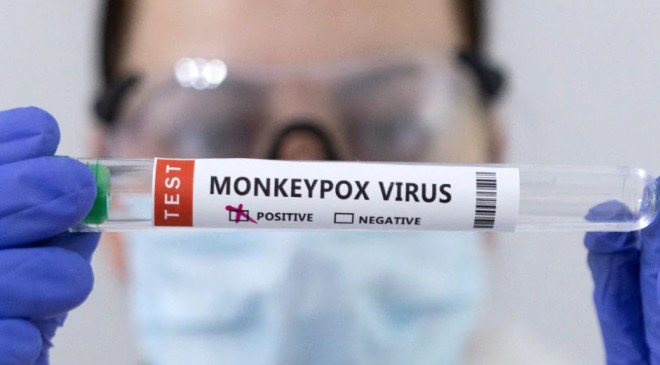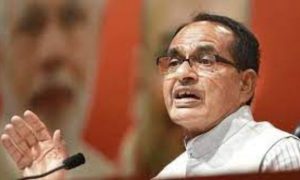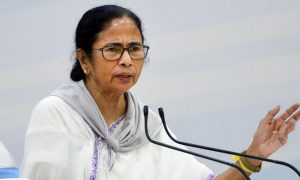The ICMR has also invited expression of interest (EOI), proposing to hand over the strain to interested Indian vaccine manufacturers, pharma companies and in-vitro diagnostic industry partners for development of indigenous vaccines against monkeypox and diagnostic kits for detection of the disease.
Monkeypox vaccine in India: The National Institute of Virology (NIV) in Pune under the Indian Council of Medical Research (ICMR), the apex medical research body in the country, has said that it has isolated the monkeypox virus from the clinical specimen of a patient.
The development assumes significance as it can pave the way for the development of diagnostic kits and vaccines against monkeypox disease.
India has reported multiple confirmed cases of monkeypox — three from Kerala and one from Delhi. Monkeypox, endemic in parts of Africa, is a viral disease that causes flu-like symptoms and skin lesions. Around 60 countries in which monkeypox is not endemic have reported outbreaks of the disease, with confirmed cases crossing 10,500.
The ICMR has also invited expression of interest (EOI), proposing to hand over the strain to interested Indian vaccine manufacturers, pharma companies and in-vitro diagnostic industry partners for development of indigenous vaccines against monkeypox and diagnostic kits for detection of the disease.
“The National Institute of Virology has successfully isolated monkeypox virus strain from the samples of infected Indian patients which may help in the development of diagnostic kits and also vaccines in future,” Dr Pragya Yadav, a senior scientist at NIV, told PTI.
“For smallpox live attenuated vaccine was successful for mass immunisation in the past. Similar approaches on new platforms can be tried for making vaccines against monkeypox. The virus isolation enhances India’s capacity to do research and development in many other directions,” she said.
At present, fluid inside the lesions on the skin are being used for virus isolation as they have the highest viral titre.
Dr Yadav said monkeypox virus is an enveloped double-stranded DNA virus having two distinct genetic clades -the central African (Congo Basin) clade and the west African clade.
The EOI documents states that ICMR is willing to make available monkeypox Virus strain/isolates for undertaking research and development validation as well as manufacturing activities using characterized isolates of monkeypox virus under the joint collaboration in the public-private partnership mode for development of vaccine candidate against monkeypox disease and diagnostic kits for diagnosis of the infection.
Monkeypox declared global public health emergency
Earlier on Saturday, the World Health Organisation (WHO) had declared monkeypox a global public health emergency of international concern. Globally, over 16,000 cases of monkeypox have been reported from 75 countries and there have been five deaths so far.
According to WHO, monkeypox is a viral zoonosis — a virus transmitted to humans from animals — with symptoms similar to smallpox although clinically less severe.
Monkeypox symptoms
Monkeypox typically manifests itself with fever, rash and swollen lymph nodes and may lead to a range of medical complications. It is usually a self-limited disease with symptoms lasting for two to four weeks.
The ‘Guidelines on Management of Monkeypox Disease’ issued by the Centre, stated that human-to-human transmission occurs primarily through large respiratory droplets generally requiring prolonged close contact. It can also be transmitted through direct contact with body fluids or lesions, and indirect contact with lesion material such as through contaminated clothing or linen of an infected person. Animal-to-human transmission may occur by bite or scratch of infected animals or through bush meat preparation.
The incubation period is usually from six to 13 days and the case fatality rate of monkeypox has historically ranged up to 11 per cent in the general population and higher among children. In recent times, the case fatality rate has been around three to six per cent.
With PTI Inputs





































